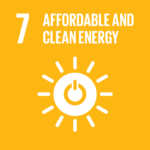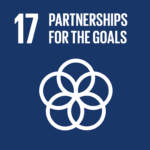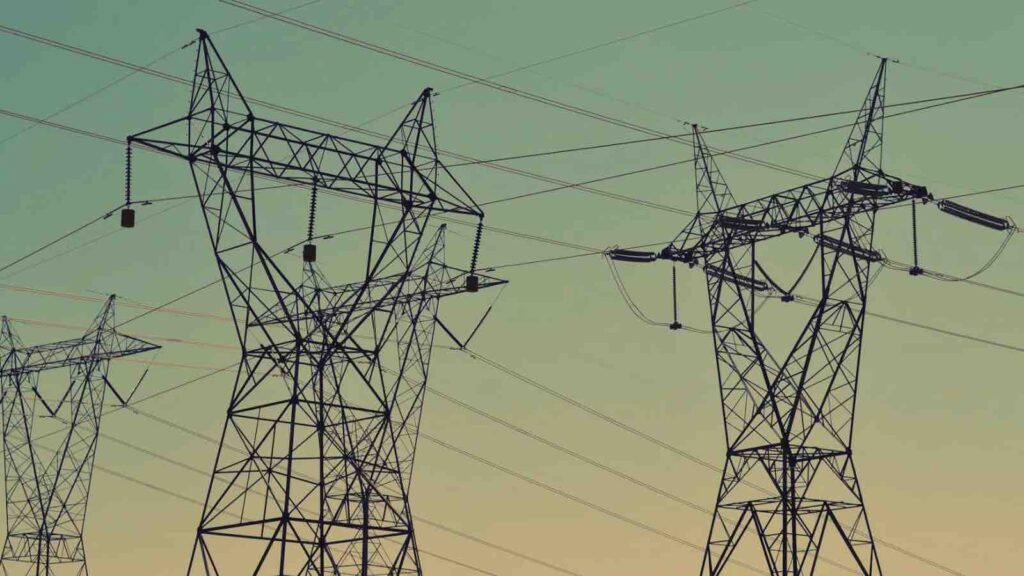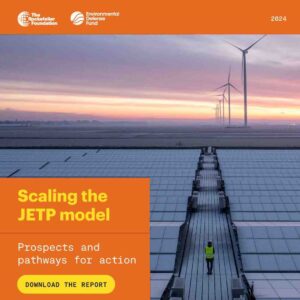The Philippines stands at a crossroads in its energy journey, grappling with the challenge of shifting from coal—currently fueling over half of its electricity supply—to renewable sources.
This monumental transition demands an immediate injection of $9 billion, spiraling to an estimated $165 billion by 2050. Amidst this financial vortex, the Philippine government ambitiously aims for renewables to comprise 50% of its power generation by 2040.
In a strategic response, the Rockefeller Foundation champions a Just Energy Transition Partnership (JETP) for the Philippines, a financial lifeline woven by affluent nations and private benefactors. This initiative, spotlighted at the COP26 climate summit, mirrors efforts already underway in Vietnam, Indonesia, South Africa, and Senegal. It proposes the creation of a “country platform,” a collaborative forge where policymakers, banks, and stakeholders converge to meticulously craft and evaluate investment strategies, potentially setting a precedent for future JETP endeavors.
RELEVANT SUSTAINABLE GOALS




Rockefeller Foundation’s Report on Just Energy Transition Partnerships (JETP) recommends piloting new approach in the Philippines
The foundation’s report emphasizes the necessity of a Just Energy Transition Partnership (JETP), advocating for a strategic approach that prioritizes technical groundwork over broad political declarations, which have historically led to setbacks in international energy transitions.
Rockefeller Foundation President Dr. Rajiv Shah critiques the current state of JETPs as “long on promise but short on progress.” The foundation proposes utilizing philanthropic funds to establish a “country platform” in the Philippines, aiming to meticulously draft and evaluate investment plans before seeking investor involvement. This initiative underscores the potential of careful, country-specific planning to enhance the success rate of future JETP agreements.
The report highlights issues such as low concessional funding, inconsistent roles for multilateral lenders, and the burden placed on the International Partners Group (IPG). To overcome these constraints, the Rockefeller Foundation recommends expanding the IPG to include more countries providing concessional finance. It also suggests better utilization of existing funds and increased capital injection from member governments. Moreover, the report emphasizes the need for a clear pathway to process JETP funding interest from countries like Thailand, Mongolia, Kazakhstan, and several African and American nations. A joint announcement of interest would demonstrate the significant pent-up demand for such deals.
Dr. Rowena Guevara of the Philippine Department of Energy underscores the urgency of embracing renewable technologies, enhancing grid systems, and hastening the closure of coal facilities. Yet, the path to green energy is strewn with hurdles, not least of which include scant concessional funding and the erratic engagement of multilateral lenders, casting a heavy shadow over the International Partners Group (IPG).
The Rockefeller report advises a twofold remedy: broaden the IPG to attract more concessional finance and sharpen the efficacy of existing resources, coupled with a call for greater governmental fiscal support. Moreover, it spotlights the absence of a streamlined protocol to harness JETP interest from a global choir of nations, keen yet unattended.
With global net-zero emissions by 2050 being a key target, Deloitte estimates that investment of over USD 5 trillion per year is required in the energy sector. However, developing nations often have difficulty attracting sufficient investments due to lower credit ratings and higher project interest rates. Foreign project developers have also expressed concerns about protectionist policies. These policies, while intended to maintain low electricity prices and protect the local workforce, hinder international investment.
Lead image courtesy of Fré Sonneveld via Unsplash
You may also be interested in :
Shattering The Myths Of Renewable Energy In Asia : A Deep Dive Into The Five Real Facts




